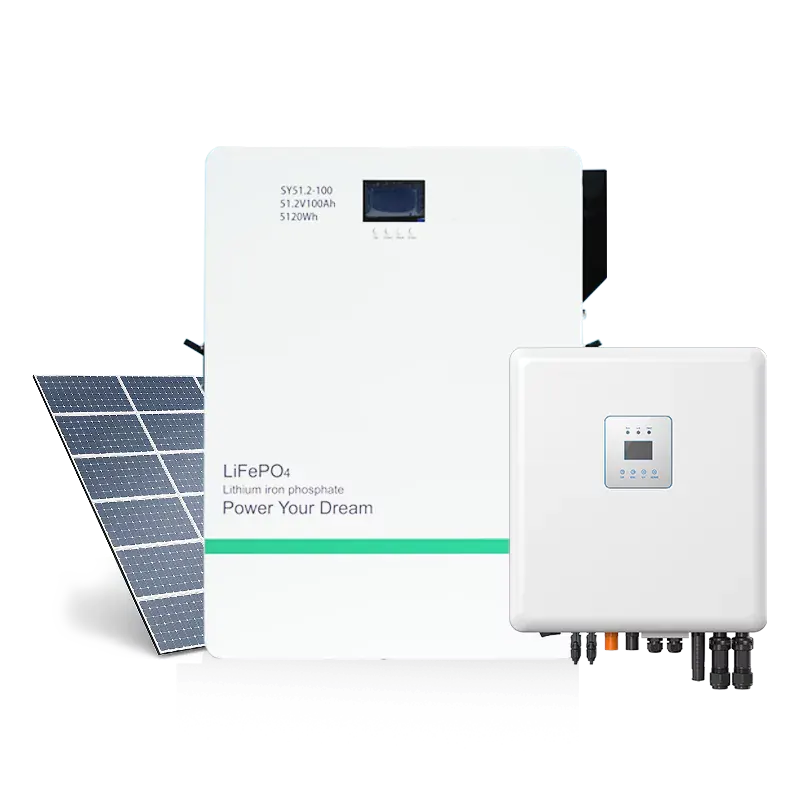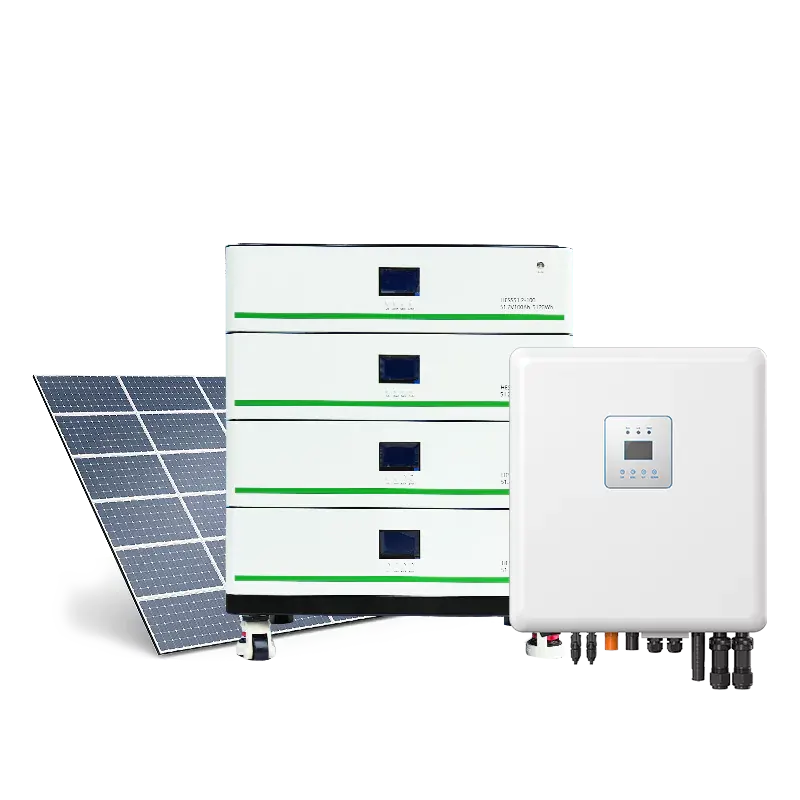1. What is a Wind & Solar Storage Cabinet?
A Wind & Solar Storage Cabinet is an integrated energy storage system that combines wind turbines and solar panels with battery storage to provide reliable, renewable power for homes or small businesses.
2. What are the typical applications of Wind & Solar Storage Cabinets?
These cabinets are ideal for:
- Remote off-grid homes and cabins
- Farms and agricultural sites
- Rural small businesses
- Backup power for residential use
- Microgrid and community energy projects
3. How to select the right capacity for a Wind & Solar Storage Cabinet?
Capacity selection depends on:
- Daily energy consumption (kWh) of the site
- Number of appliances and their power ratings
- Expected autonomy days without wind or sun
- Available wind and solar resource levels
A detailed energy audit is recommended for accurate sizing.
4. What battery types are commonly used in these cabinets?
Common battery options include:
| Battery Type |
Advantages |
Typical Use |
| Lithium Iron Phosphate (LFP) |
Long life, safe, stable |
Residential and commercial storage |
| Sodium-ion |
Cost-effective, environmentally friendly |
Emerging applications |
| Lead Acid |
Low upfront cost |
Backup power, short cycles |
5. How does the system manage energy between wind, solar, and battery?
An intelligent energy management system (EMS) optimizes power flow by:
- Maximizing renewable energy utilization
- Storing excess energy in batteries
- Providing backup power when generation is low
- Protecting battery health through charge control
6. Can Wind & Solar Storage Cabinets work off-grid and on-grid?
Yes, these systems can be configured for:
- Off-grid operation with full independence
- Grid-tied with backup to reduce electricity costs
- Hybrid systems supporting grid stability and resilience
7. What are the typical dimensions and installation requirements?
Dimensions vary by capacity but typically range from 1 to 3 meters in height and 0.5 to 1.5 meters in width. Installation requires:
- Stable, level surface
- Good ventilation or cooling system
- Weatherproof enclosure for outdoor models
- Compliance with local electrical codes
8. What maintenance is required for Wind & Solar Storage Cabinets?
Regular maintenance includes:
- Periodic inspection of batteries and connections
- Cleaning solar panels and checking wind turbine parts
- Firmware updates for energy management systems
- Monitoring system performance via remote tools
9. How long do the batteries typically last?
Battery lifespan varies by type:
| Battery Type |
Typical Cycle Life |
Estimated Calendar Life |
| LFP |
3000–6000 cycles |
10–15 years |
| Sodium-ion |
2000–5000 cycles |
8–12 years (emerging technology) |
| Lead Acid |
500–1200 cycles |
3–5 years |
10. What safety features are included?
Key safety features typically include:
- Battery Management System (BMS) for overcharge/discharge protection
- Thermal management via air or liquid cooling
- Surge and short-circuit protection
- Fire-resistant enclosures
11. How can I monitor the system performance?
Most cabinets include integrated monitoring systems with:
- Real-time data display via LCD or app
- Remote monitoring through internet or cellular network
- Alerts and alarms for system faults
- Energy usage and generation statistics
12. How to choose the best Wind & Solar Storage Cabinet for my needs?
Consider the following factors:
- Energy demand profile (daily and peak load)
- Available renewable resources (solar insolation, wind speed)
- Desired autonomy days without renewables
- Budget and space constraints
- Manufacturer support and warranty terms
Consulting with a qualified energy professional is recommended to tailor a system to your specific requirements.





